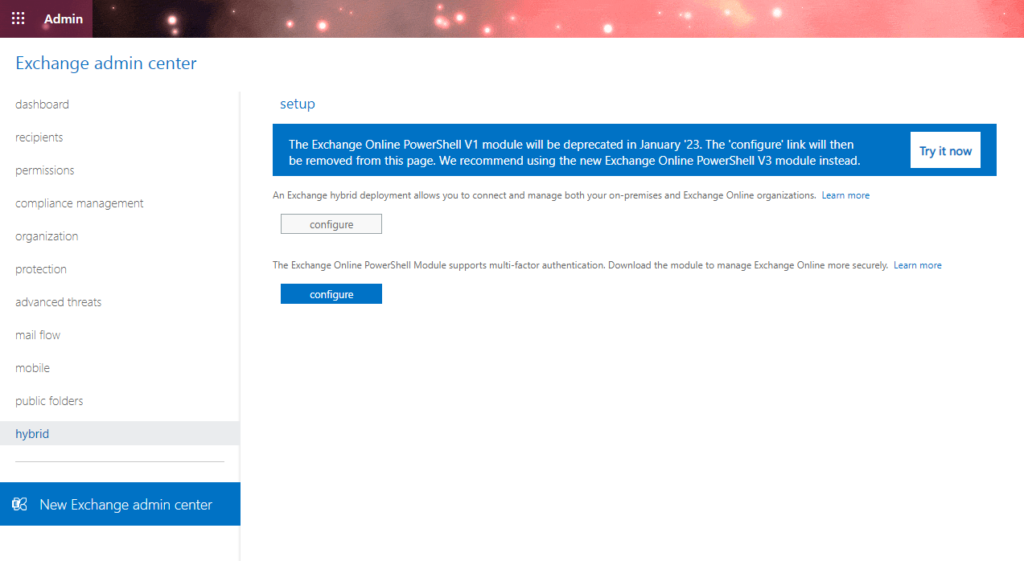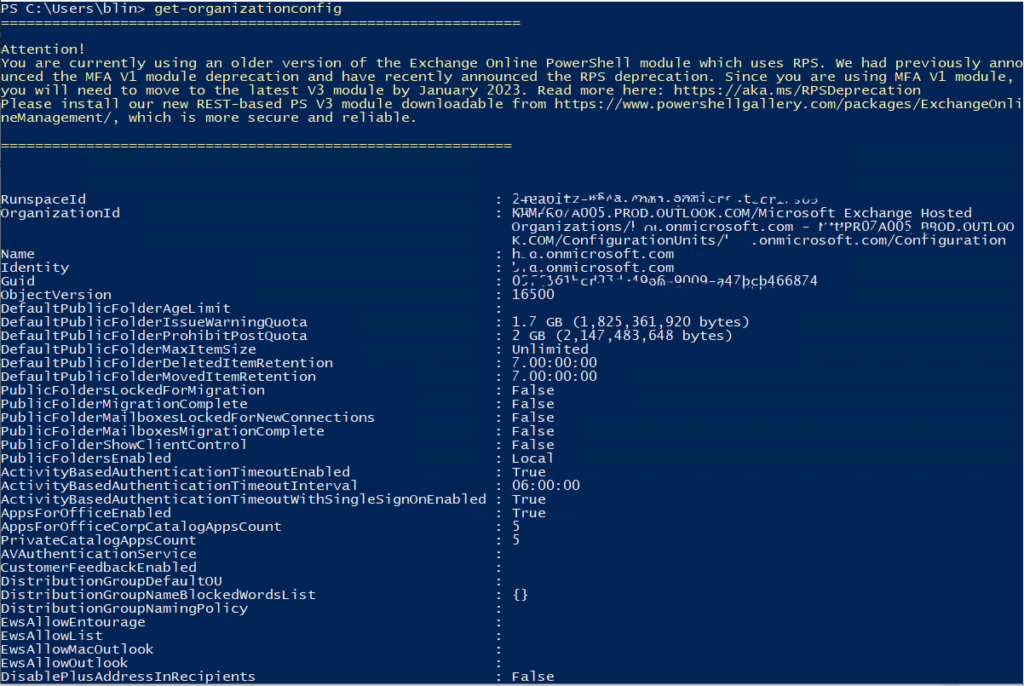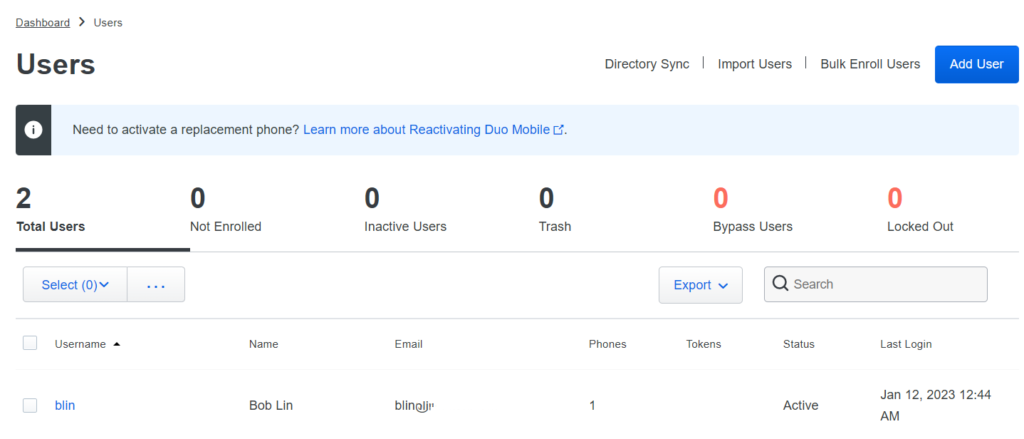Multipass is a tool for managing and launching Ubuntu virtual machines (VMs) on Windows, macOS, and Linux. Here are the steps to use Multipass:
- Install Multipass by following the instructions on the Multipass website for your operating system.




2. Open a terminal or command prompt and type multipass launch to launch the latest version of Ubuntu. This will download the image and start the VM.


To check the status of the VMs running, type multipass list
To connect to a running VM, type multipass shell <name or id> where name or id is the name or ID of the VM as shown in the multipass list command.
Once connected to the VM, you can run any command on the Ubuntu system as if it were a local machine.
To stop a running VM, type multipass stop <name or id>
To delete a VM, type multipass delete <name or id>
To launch a specific version of Ubuntu, type multipass launch --name <name> --image <image> where name is the desired name for the VM and image is the desired version of Ubuntu (e.g. focal, bionic, etc.)
To run a command in the VM without entering the shell, you can use multipass exec <name or id> <command>
To copy files to or from the VM, you can use multipass copy-files <source> <name or id> <destination>
Keep in mind that multipass uses a local cache of the images that it downloads, you can use multipass flush to remove all the images that you don’t need anymore.














































